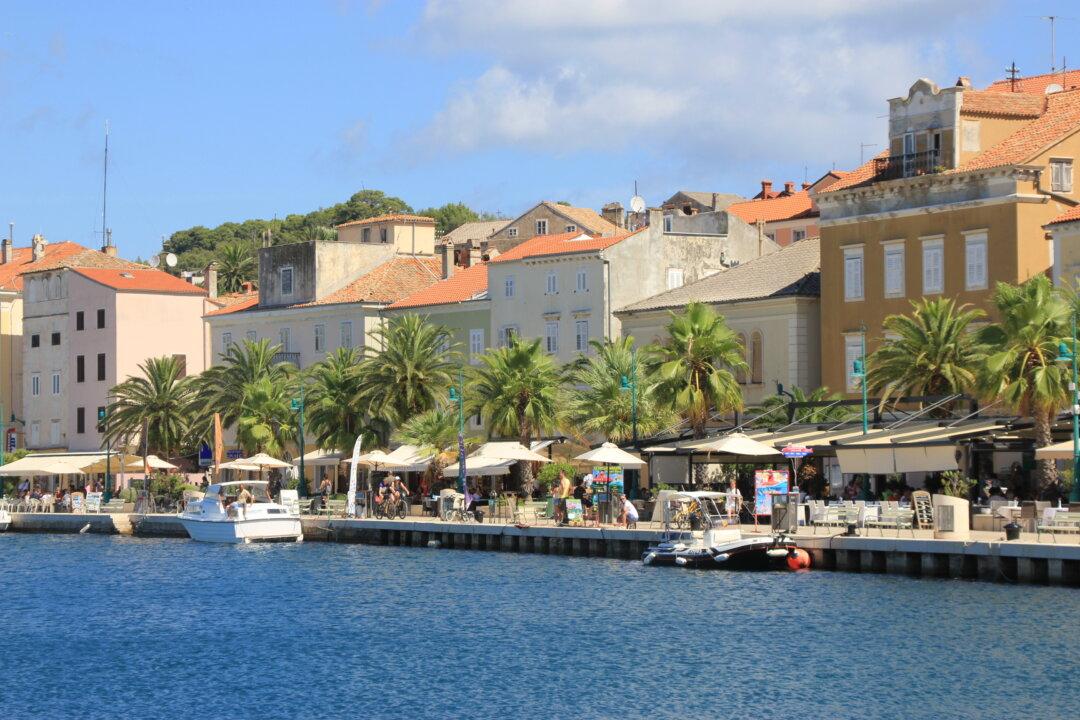WINCHESTER, England—When Jane Austen was buried in Winchester Cathedral in 1817 in Hampshire, England, the inscription on her tombstone only recorded her virtues and stoicism, but not her standing as a published novelist.
It was her nephew, James Edward Austen-Leigh who wrote her first biography and, from the proceeds, paid for the brass plaque that can be seen next to her grave. The inscription begins: “Jane Austen, known to many by her writings ... ”





